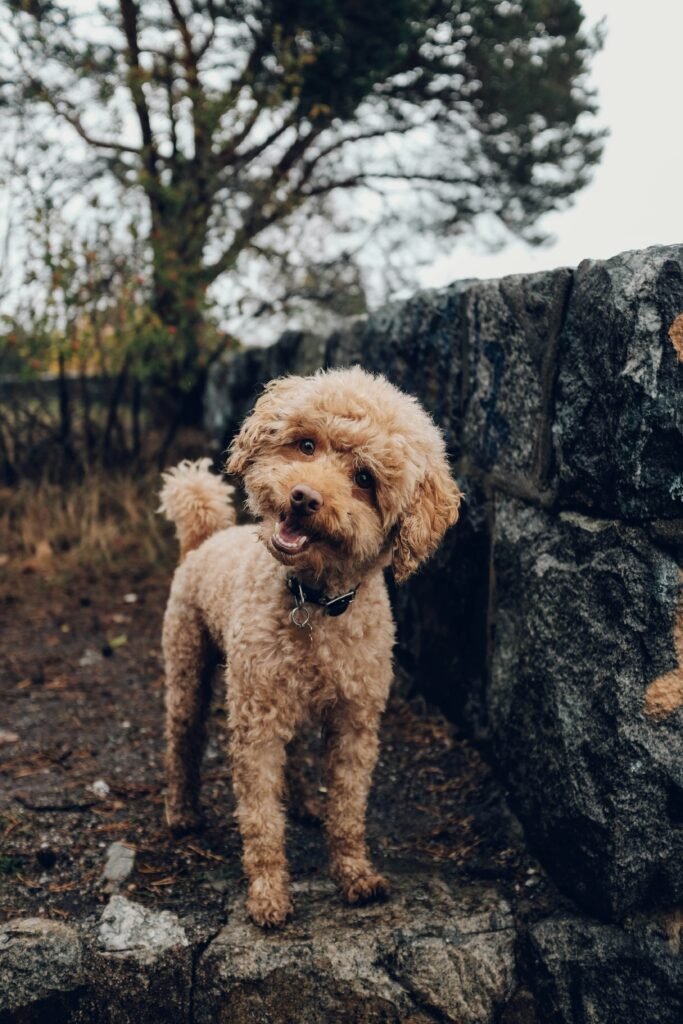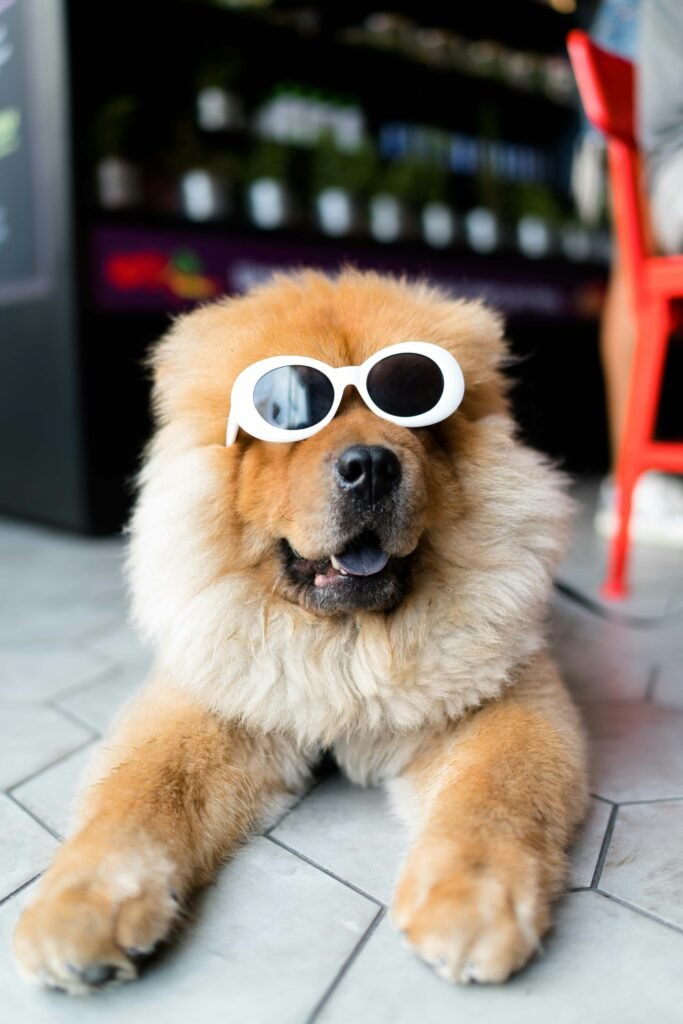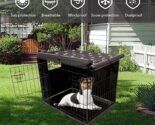
Essential Tips for Crate Training
Crate training can be an effective method for teaching your furry friend to become comfortable and secure in their own space. Whether you’re potty training a new puppy or providing a safe haven for your adult dog, crate training is a valuable skill to develop. In this article, we will explore some essential tips to help you successfully crate train your canine companion, creating a happy and stress-free environment for both of you.

This image is property of images.unsplash.com.
Find products like these on Amazon!
Choosing the right crate
Size
When it comes to crate training, the size of the crate plays a crucial role in your dog’s comfort and success. It’s important to choose a crate that is not too small, where your dog can’t comfortably stand up, turn around, and lie down. At the same time, you don’t want a crate that is too large as it may allow your dog to eliminate at one end and sleep at the other. Measure your dog’s length from nose to tail and height from floor to top of head to ensure you choose the right-sized crate.
Material
Crate materials are typically either metal or plastic, and each has its own advantages. Metal crates are sturdy and provide excellent ventilation, allowing for air circulation and visibility. Plastic crates, on the other hand, offer a more den-like environment which can make your dog feel secure. Consider which material is best suited for your dog’s needs and temperament before making a decision.
Accessibility
The accessibility of the crate is an important factor to consider, especially during the initial stages of crate training. Opt for a crate with a door that opens easily and smoothly, allowing you to place your dog inside comfortably. Additionally, ensure that the crate has a secure latch or lock to prevent your dog from accidentally opening the crate door. Easy accessibility will help create positive associations with the crate and make the training process smoother.
Preparing the crate
Bedding
To make the crate cozy and inviting, provide your dog with comfortable bedding. Look for bedding options that are easily washable and absorbent, in case of accidents. Avoid using bedding that is too thick or fluffy, as it may interfere with the proper ventilation of the crate. Choose bedding that your dog enjoys, whether it’s a soft blanket, a cushy dog bed, or a simple mat.
Toys and treats
Make the crate a place of fun and entertainment by placing your dog’s favorite toys and treats inside. These items will help keep your dog occupied and happy during crate time, making it a positive experience. Choose durable toys that are safe and suitable for crate use, and consider using interactive toys, such as treat-dispensing puzzles, to engage your dog’s mind and provide mental stimulation.
Location
Choosing the right location for the crate is essential for successful crate training. Select a spot in your home that is quiet, peaceful, and easily accessible to your dog. Avoid placing the crate in high-traffic areas or near loud household appliances. The goal is to create a safe and comforting space where your dog can relax and feel secure. Consider placing the crate in a room where your family spends a lot of time, so your dog doesn’t feel isolated.
Find products like these on Amazon!
Introducing the crate
Positive association
To establish a positive association with the crate, introduce it gradually and associate it with pleasant experiences. Begin by simply leaving the crate open and allowing your dog to explore it freely. Place treats and toys near the crate and encourage your dog to investigate. Gradually increase their willingness to enter the crate by placing treats further inside. Eventually, your dog will associate the crate with positive feelings and willingly go inside.
Gradual introduction
Avoid rushing the crate training process as it may lead to anxiety and resistance. Slowly close the crate door for short periods while you are present, gradually increasing the duration. Stay nearby and provide reassurance to let your dog know that being inside the crate is safe. Gradual introduction will help build your dog’s confidence and trust in the crate, making them more comfortable with the idea of being confined.
Feeding in the crate
Incorporate feeding time as part of crate training to create positive associations. Start by placing your dog’s food bowl near the crate, gradually moving it closer until it is inside the crate. This will encourage your dog to associate mealtime with the crate. As your dog becomes comfortable eating inside the crate, close the door for a short period while they eat. This step helps your dog develop positive feelings about spending time in the crate.
Creating a routine
Consistency
Consistency is key when crate training your dog. Establish a routine by consistently using the crate for specific purposes, such as bedtime or when you’re away from home. Consistency helps your dog understand when crate time is expected and reduces confusion. Stick to a consistent schedule for meals, potty breaks, and crate time to establish a predictable routine, which will ultimately help with successful crate training.
Regular crate time
Incorporate regular crate time into your dog’s daily routine. This scheduled crate time will help your dog develop a sense of routine and provide them with a designated space to relax and unwind. Start with short periods of crate time and gradually increase the duration as your dog becomes more comfortable. Regular crate time will also help your dog adjust to spending time alone, which can be beneficial for house-training and preventing destructive behavior.
Potty breaks
During the crate training process, it’s important to give your dog frequent potty breaks. Dogs have a natural instinct to keep their sleeping area clean, so it’s essential to let them relieve themselves outside of the crate. Take your dog outside for a bathroom break before placing them in the crate and immediately after being released from the crate. This routine will help reinforce appropriate potty habits and avoid accidents inside the crate.

This image is property of images.unsplash.com.
Positive reinforcement
Rewards for entering
Encourage your dog to voluntarily enter the crate by providing them with rewards and incentives. Every time your dog willingly enters the crate, offer praise, treats, or a favorite toy. This positive reinforcement will reinforce the idea that the crate is a safe and rewarding space. Consistently providing rewards for entering the crate will motivate your dog to willingly go inside, making crate training a positive and enjoyable experience.
Verbal praise
In addition to tangible rewards, verbal praise is a powerful tool for crate training. Use a happy and enthusiastic tone of voice to praise your dog whenever they exhibit desired behavior associated with the crate, such as going inside willingly or staying calm while inside. Verbal praise helps strengthen the bond between you and your dog and enhances their positive association with the crate.
Clicker training
Clicker training is a precise and effective method for crate training dogs. By using a clicker, you can mark the precise moment your dog exhibits the desired behavior associated with the crate, such as entering or lying down inside. Pair the clicker sound with treats or praise to create a positive association. Consistency and repetition are crucial for successful clicker training, as it helps your dog understand and respond to the clicker cue.
Avoiding punishment
Never use crate for punishment
It’s essential to never use the crate as a form of punishment. The crate should always be seen as a safe and comfortable space for your dog, never a place of fear or negativity. Using the crate for punishment can lead to anxiety and create a negative association, making it more challenging to crate train successfully. Maintaining a positive and supportive environment around the crate will ensure a smooth training process.
Avoid forcing into crate
Forcing your dog into the crate can create a negative experience and resistance to entering the crate voluntarily. Instead, focus on gradual introduction and positive reinforcement to encourage your dog to willingly enter. If your dog shows signs of anxiety or reluctance, take a step back and proceed at a pace that is comfortable for them. Patience and understanding are vital when crate training your dog.
Patience is key
Crate training takes time, patience, and consistency. It’s important to remain calm and patient throughout the training process, even if setbacks or challenges arise. Your dog may need some time to adapt to the crate, and that is perfectly normal. Remember to celebrate small successes and be understanding if progress is slower than expected. With patience and a positive attitude, you can help your dog enjoy and thrive in their crate.

This image is property of images.unsplash.com.
Gradually increasing crate time
Start with short durations
During the initial stages of crate training, start with short durations of crate time. Begin with just a few minutes and gradually increase the time as your dog becomes more comfortable and relaxed. This gradual approach prevents overwhelming your dog and allows them to adjust to being inside the crate at their own pace. It’s important to monitor your dog’s behavior and body language to ensure they are not experiencing excessive anxiety or stress.
Increase intervals slowly
As your dog becomes acclimated to spending time in the crate, gradually increase the intervals between potty breaks and crate time. Extend the duration of crate time by a few minutes each day, always taking into consideration your dog’s comfort level. Keep a close eye on your dog’s behavior and make adjustments as needed. The goal is to incrementally increase their tolerance for being confined while ensuring their well-being and mental health.
Monitoring anxiety levels
Throughout the crate training process, monitor your dog’s anxiety levels and adjust the training accordingly. Signs of increased anxiety may include excessive whining, pacing, or destructive behavior. If you observe these signs, it may be necessary to take a step back and decrease the duration of crate time. Gradually work your way back up, providing more positive reinforcement during shorter crate sessions, until your dog feels comfortable and relaxed again.
Dealing with anxiety
Calming aids
If your dog experiences anxiety during crate training, consider using calming aids to help them relax. Calming aids, such as calming sprays, diffusers, or calming music, can create a soothing environment and alleviate stress. Consult with your veterinarian to determine which calming aids are safe and suitable for your dog. Remember, it’s crucial to address and manage your dog’s anxiety to ensure successful crate training and their overall well-being.
Desensitization techniques
Desensitization techniques can be beneficial for dogs experiencing anxiety or fear surrounding the crate. Gradually expose your dog to the crate in a controlled and positive way, starting with short periods of time and gradually extending them. Pair this exposure with positive reinforcement and rewards to create positive associations. Over time, your dog will become less sensitive to the crate and more comfortable spending time inside.
Seek professional help if needed
If your dog continues to experience severe anxiety or difficulty with crate training, it may be beneficial to seek professional help from a qualified dog trainer or behaviorist. These professionals can provide guidance and expertise tailored to your dog’s specific needs. They can assess the situation and recommend specialized techniques or strategies to help your dog overcome their anxiety and succeed in crate training.

This image is property of images.unsplash.com.
Crate safety
Ensure proper ventilation
Proper ventilation is essential to ensure your dog’s safety and comfort while inside the crate. Make sure the crate has proper air circulation to prevent overheating or stuffiness. Metal crates naturally provide good ventilation, but if using a plastic crate, ensure it has adequate air vents. Additionally, avoid covering the entire crate with a heavy blanket or cloth, as it may hinder airflow. Prioritizing ventilation will help create a safe and comfortable environment for your dog.
Remove collars and harnesses
Before placing your dog inside the crate, remove their collar and any harnesses to prevent them from getting caught or entangled. Collars and harnesses can pose a safety risk while inside the confined space of the crate. Remove these accessories to ensure your dog’s safety and prevent any potential accidents or injuries. It’s always better to be safe than sorry when it comes to crate safety.
Securely latch the crate
To prevent any accidental escapes or injuries, always ensure the crate door is securely latched. Double-check the latch or lock to ensure it is properly engaged before leaving your dog unattended. This simple step helps ensure your dog’s safety and prevents them from accidentally opening the crate door. Taking these precautions will give you peace of mind knowing that your dog is secure and protected while inside the crate.
Transitioning to free roaming
Supervised freedom
Once your dog has successfully adapted to the crate and no longer exhibits signs of anxiety or destructive behavior, it may be time to introduce supervised freedom outside of the crate. Begin by allowing your dog to explore a small, designated area of your home while you are present. Gradually increase the space over time, always keeping a close eye on your dog to ensure they are behaving appropriately. Supervised freedom allows your dog to gradually transition to free roaming while still providing boundaries and guidance.
Extend free time gradually
As your dog demonstrates good behavior and reliability during supervised freedom, gradually increase their free time out of the crate. Monitor their behavior and gradually extend the duration of free roaming throughout the day. This step-by-step approach ensures that your dog is ready for increased freedom and reinforces appropriate behavior outside of the crate. Keep in mind that each dog is unique, and the timing of this transition may vary.
Monitoring behavior
While transitioning to free roaming, it’s crucial to monitor your dog’s behavior closely. Watch for signs of potential mischief, such as chewing on inappropriate items or having accidents in the house. If any undesirable behaviors occur, it may be necessary to temporarily restrict their freedom and go back to utilizing the crate until they are ready for more freedom. Consistency and monitoring behavior are key to successfully transitioning to free roaming.
Crate training is a valuable tool for both puppies and adult dogs alike. It provides a safe and secure space for your furry friend while instilling good behavior and promoting a sense of routine. By following the tips and techniques outlined above, you can ensure a positive and successful crate training experience for both you and your dog. Remember to be patient, consistent, and always prioritize your dog’s well-being throughout the process. Happy crate training!
Find products like these on Amazon!







-
-
1 day
Tagged Crate training, Nighttime Routine, positive reinforcement, Puppy training